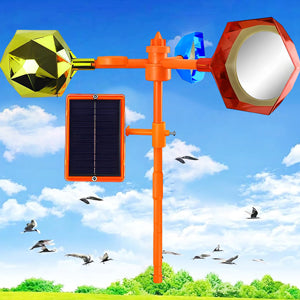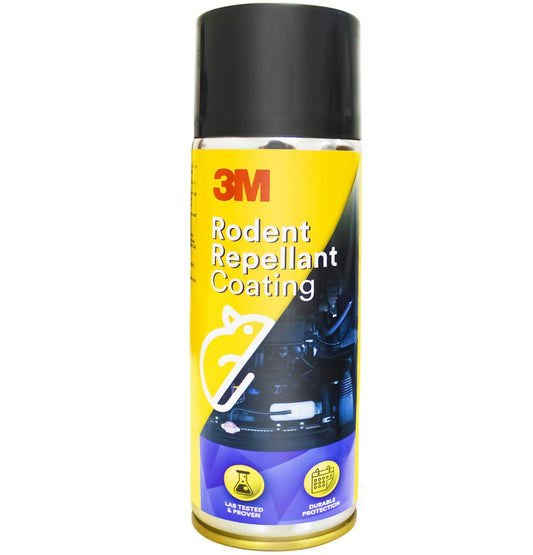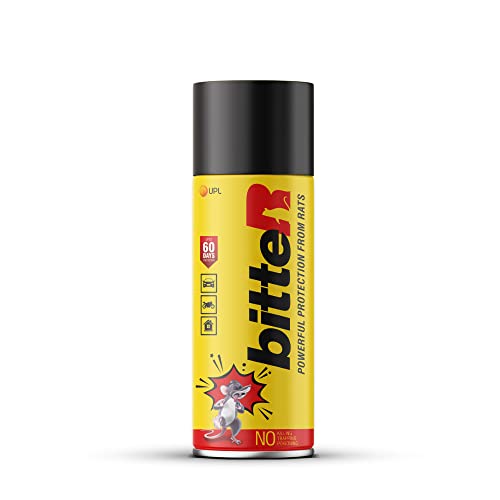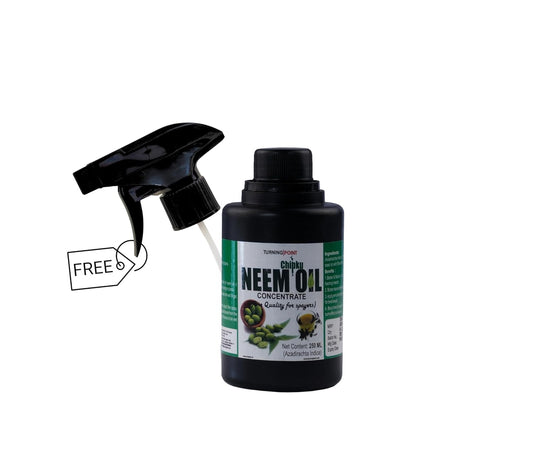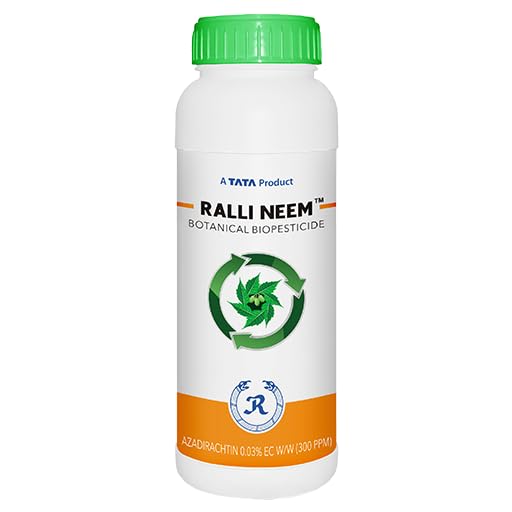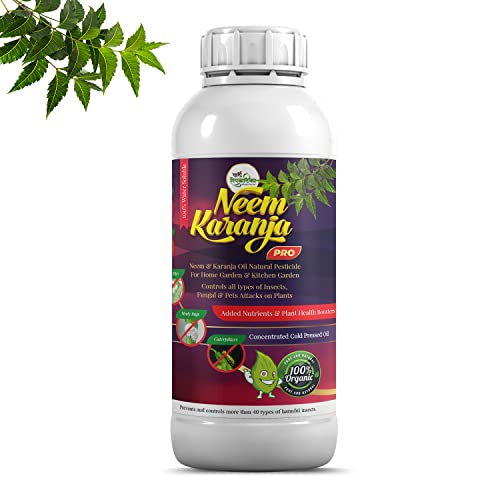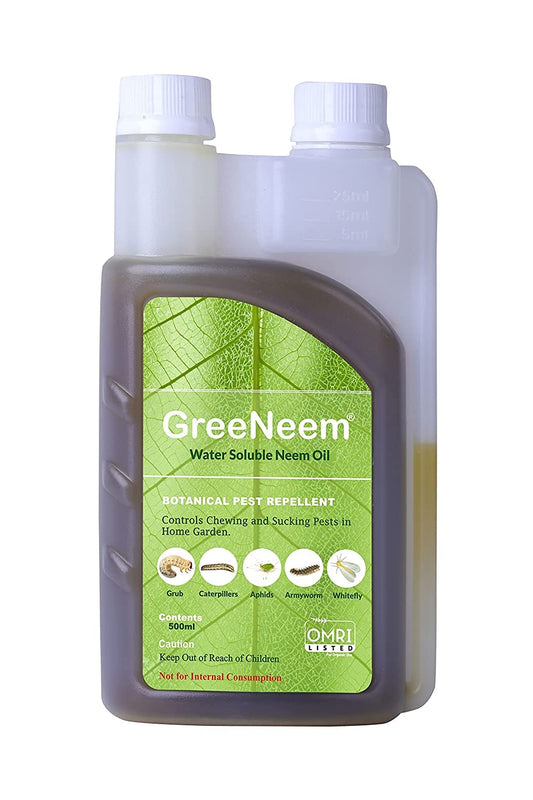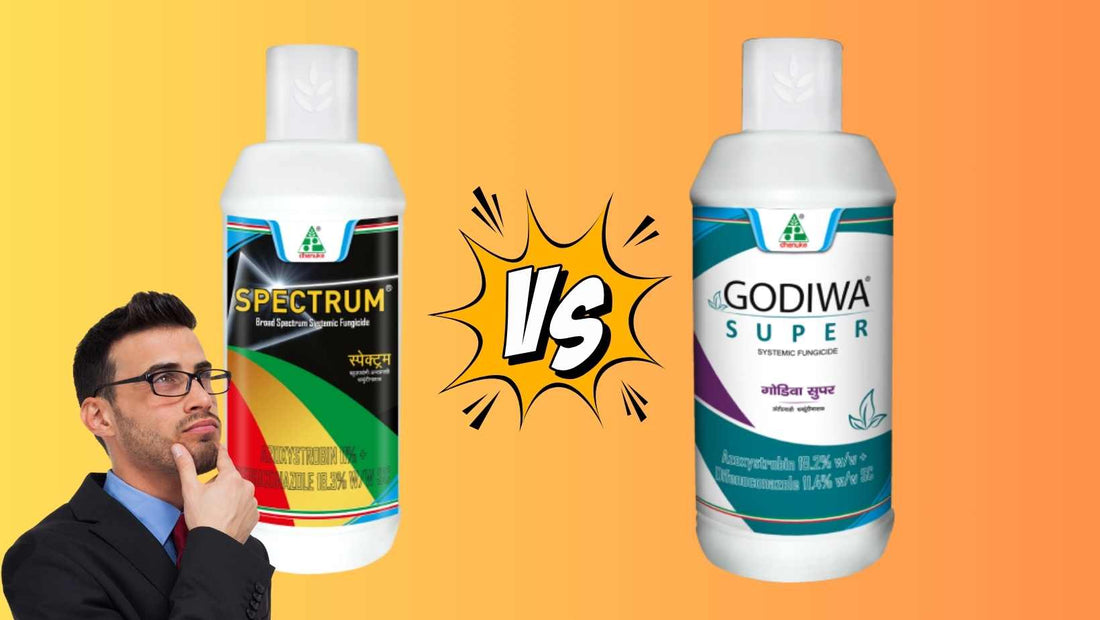
Comparing Godiwa Super and Spectrum: Two Combination Fungicides for Effective Disease Control in Different Crops
Share
Godiwa Super and Spectrum are both combination fungicides that are effective against a wide range of fungal diseases. However, there are some key differences between the two products.
Godiwa Super contains two active ingredients: Azoxystrobin and Difenoconazole. Azoxystrobin is a strobilurin fungicide that inhibits spore germination and mycelial growth. Difenoconazole is a triazole fungicide that inhibits ergosterol synthesis in fungal cell membranes.
Spectrum contains two active ingredients: Azoxystrobin and Tebuconazole. Tebuconazole is also a triazole fungicide, but it has a different mode of action than Difenoconazole. Tebuconazole inhibits the synthesis of ergosterols and other sterols in fungal cell membranes.
Crops and target diseases
Godiwa Super is labeled for use on paddy, tomato, chilli, maize, and wheat. It is effective against sheath blight, blast, early blight, late blight, anthracnose, powdery mildew, blight, and downy mildew.
Spectrum is labeled for use on apple, onion, chilli, and paddy. It is effective against scab, powdery mildew, pre-mature leaf fall disease, purple blotch, die back, blast, and sheath blight.
Dose per acre
The recommended dose of Godiwa Super is 200 ml per acre for all crops. The recommended dose of Spectrum is 300 ml per acre for all crops.
Features and benefits
Godiwa Super is a broad-spectrum fungicide with protective and curative action. It improves crop health, quality, and yield.
Spectrum is also a broad-spectrum fungicide with systemic and translaminar movement. It is quickly absorbed by plants and rapidly enters the plant system. It gives longer duration control, thus reducing the number of sprays required.
Overall
Both Godiwa Super and Spectrum are effective combination fungicides with a broad spectrum of activity. However, Spectrum has a slightly higher recommended dose and is labeled for use on fewer crops.
The best product for a particular situation will depend on the specific crops and diseases being targeted.









